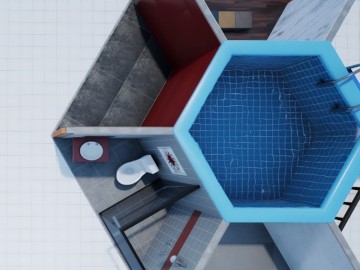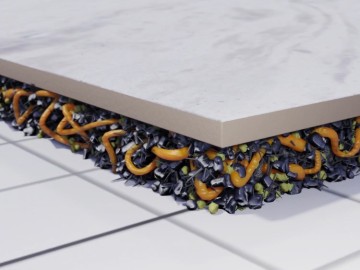
Questions about Tile Adhesives?
Everybody loves tiles. But who is interested in tile adhesives? Nobody – until the tiles fall off. So, what is there to know about tile adhesives? In this Q&A section, we have gathered the most common questions and answer them in short videos made by our experts. Supplemented by technical papers with deeper insights.
Buildings are major contributors to CO2 emissions. At the same time, we have to build to create fair access to housing, health care, water and energy. This means we must build differently in future. How will this affect tiling? How sustainable is tiling? What can be improved? Our 14-page Insight paper explains various aspects that will be important to the industry in the years ahead.
Is the failure of tiles after a certain time unavoidable? We do not think so. In this video our expert explains why modern tiles tend to fail and how to avoid this. (2 minutes)
You must use the appropriate tile adhesive for the tile to ensure secure adhesion. To make this easier, EN 14411 divides tiles into three groups according to their water absorption capacity. In this paper, we give examples from these groups and explain when and why polymer-modified tile adhesives are necessary.
The European Standard EN 12004 is the basis for tile adhesive standards in many parts of the world. In this video our expert presents a short overview of the different classes and their characteristics. (2 minutes)
Standards are important for comparison and orientation purposes. In this paper we explain the different standards and why they can only achieve so much. Standardized tests by definition use the same type of test specimen. Tile adhesive tests are conducted with concrete slabs that do not represent the variety of tiles on the market. What if the tiles you use are much thinner than the specimen or have grooves on the reverse? We put this to the test in our Technical Center and found that more action is required to achieve secure adhesion.
Modern tiles are made of porcelain, glass, composites or synthetic materials. They can look like wood, natural stone or concrete, and come in all shapes and sizes – from tiny mosaic tiles to oversized XXL formats. In this paper we present three major trends and discuss what these mean for tile adhesive producers and installers.






